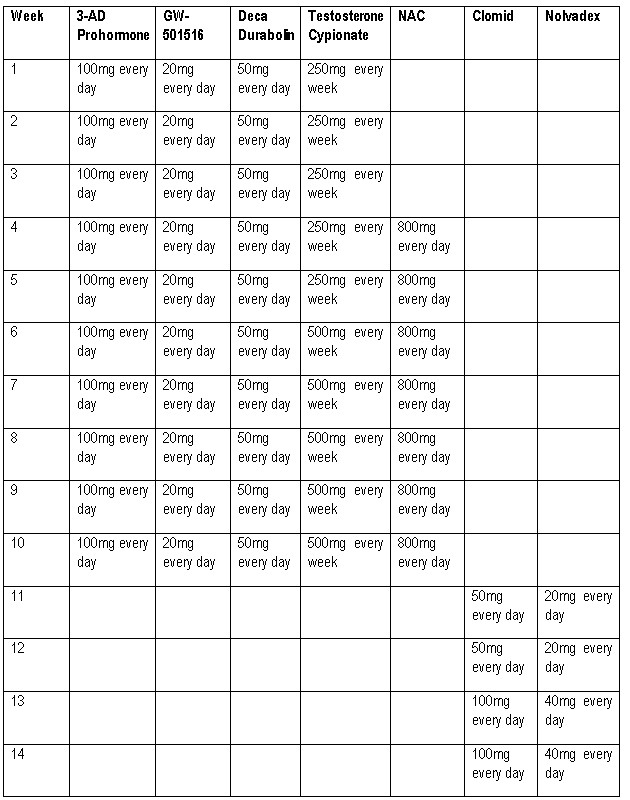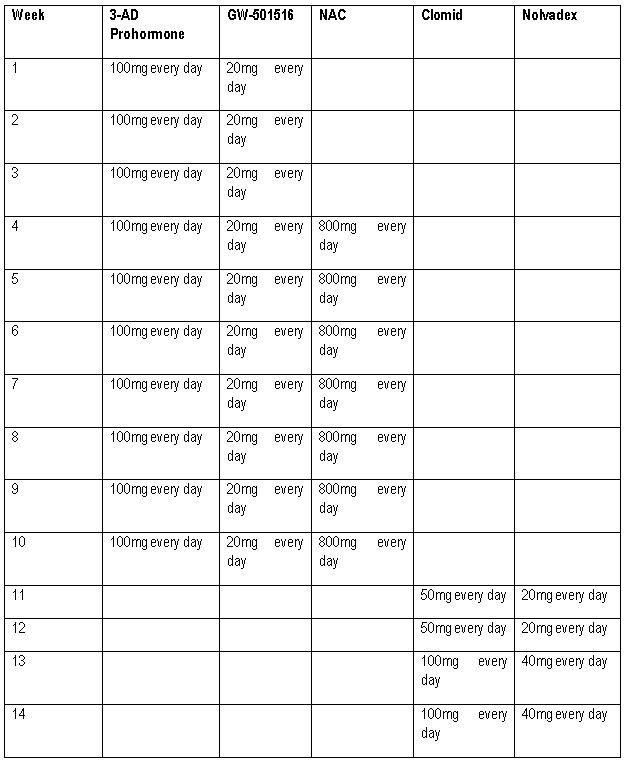SARMs vs. TRT
SARMs vs. TRT

Selective Androgen Receptor Modulators (SARMs) and Testosterone Replacement Therapy (TRT) are two approaches that individuals consider for enhancing performance, muscle growth, and overall well-being. Both SARMs and TRT are associated with hormonal regulation, particularly testosterone, but they differ significantly in their mechanisms, applications, and potential benefits. In this comprehensive guide, we will delve into the distinctions between SARMs and TRT, exploring their mechanisms of action, uses, benefits, and considerations to help you make informed decisions based on your health and fitness goals.
Understanding SARMs (Selective Androgen Receptor Modulators)
What are SARMs?
Selective Androgen Receptor Modulators (SARMs) are a class of compounds designed to selectively target and activate androgen receptors in specific tissues, such as muscle and bone. SARMs aim to mimic the positive effects of anabolic steroids without the undesirable side effects associated with them.
Mechanism of Action:
✔ Targeted Activation: SARMs selectively bind to androgen receptors in muscle and bone tissue, promoting protein synthesis and muscle growth without significantly affecting other organs or systems.
✔ Anabolic Effects: SARMs are designed to provide anabolic effects similar to those of traditional anabolic steroids, contributing to increased muscle mass, strength, and athletic performance.
✔ Benefits of SARMs:
✔ Muscle Growth: SARMs are known for their potential to promote muscle growth, making them attractive to individuals engaged in resistance training and bodybuilding.
✔ Improved Performance: Users may experience enhanced physical performance and strength, contributing to more effective and efficient workouts.
✔ Bone Health: SARMs have shown promise in supporting bone health, making them a potential option for individuals seeking benefits beyond muscle development.
Understanding TRT (Testosterone Replacement Therapy)
What is TRT?
Testosterone Replacement Therapy (TRT) is a medical intervention designed to address testosterone deficiency in individuals, typically men. This entails giving supplemental testosterone from an external source to rebalance hormone levels and lessen the effects caused by a deficiency in testosterone.
Mechanism of Action:
Supplemental Testosterone: TRT involves the administration of exogenous testosterone, either through injections, gels, patches, or pellets, to elevate testosterone levels in the body.
Hormonal Regulation: TRT aims to restore testosterone levels to within the normal range, addressing symptoms associated with testosterone deficiency and supporting overall well-being.
Benefits of TRT:
✔ Increased Energy: Individuals undergoing TRT may experience increased energy levels, reduced fatigue, and improved overall vitality.
✔ Muscle Mass Maintenance: Testosterone Replacement Therapy (TRT) may aid in preserving or rebuilding muscle tissue in those suffering from muscle atrophy as a result of diminished testosterone production.
✔ Enhanced Emotional State and Mental Capacity: Testosterone replacement therapy has the potential to elevate mood, boost brain function, and promote general mental health.
Differences Between SARMs and TRT
Mechanism of Action:
SARMs: Act selectively on androgen receptors in muscle and bone tissue, providing anabolic effects without significant impact on other organs.
TRT: Involves the administration of exogenous testosterone to restore overall testosterone levels, affecting various tissues and systems in the body.
Targeted vs. Systemic Effects:
SARMs: Target specific tissues, aiming to provide localized anabolic effects with minimal impact on other bodily functions.
TRT: Has systemic effects, influencing testosterone levels throughout the body, potentially affecting various organs and systems.
Administration:
SARMs: Typically administered orally in the form of capsules or liquids.
TRT: Administered through various methods, including injections, gels, patches, or pellets, depending on the specific treatment plan and individual preferences.
Medical vs. Non-Medical Use:
SARMs: Often used by athletes, bodybuilders, and fitness enthusiasts for performance enhancement and muscle development. SARMs are not currently approved for medical use.
TRT: Primarily prescribed by healthcare professionals to individuals with clinically diagnosed testosterone deficiency, aiming to restore hormonal balance and alleviate associated symptoms.
Benefits and Considerations
Muscle Growth:
SARMs: Known for promoting significant muscle growth and strength gains, making them popular among individuals looking to enhance their physique and athletic performance.
TRT: While TRT can contribute to muscle maintenance or restoration, its primary focus is on addressing testosterone deficiency and associated symptoms rather than solely promoting muscle growth.
Hormonal Regulation:
SARMs: Target specific androgen receptors, influencing testosterone-related processes in specific tissues.
TRT: Systemically regulates testosterone levels, affecting multiple tissues and systems to address overall testosterone deficiency.
Applicability to Medical Conditions:
SARMs: Not approved for medical use and are generally used for non-medical purposes, such as performance enhancement and bodybuilding.
TRT: Medically administered to patients who have a clinically confirmed lack of testosterone, aiming to alleviate related symptoms such as exhaustion, diminished sexual desire, and emotional imbalances.
Side Effects:
SARMs: While considered to have a more favorable side effect profile compared to traditional anabolic steroids, SARMs can still cause side effects, including changes in cholesterol levels, suppression of natural testosterone production, and potential liver toxicity.
TRT: May cause side effects such as acne, fluid retention, and changes in mood. It's important to undergo TRT under the supervision of a healthcare professional to monitor and manage potential side effects.
Legality:
SARMs: The legality of SARMs varies by country, and in some regions, they may be classified as controlled substances due to their potential misuse in sports and bodybuilding.
TRT: Legal when prescribed by a licensed healthcare professional to address clinically diagnosed testosterone deficiency.
Considerations for Use
Purpose of Use:
SARMs: Typically used by athletes and bodybuilders for performance enhancement, muscle development, and cutting or bulking cycles.
TRT: Administered for therapeutic purposes to patients with a medically confirmed lack of testosterone, intended to mitigate the effects linked to insufficient testosterone concentrations.
Monitoring and Supervision:
SARMs: Users should be aware of potential side effects and consider regular monitoring of hormonal levels. Consulting with a healthcare professional is advisable.
TRT: Requires medical supervision, including regular monitoring of testosterone levels, blood counts, and potential side effects. Adjustments to the treatment plan are made under the guidance of a healthcare professional.
Legal and Ethical Considerations:
SARMs: The use of SARMs in sports and bodybuilding may be subject to anti-doping regulations, and their legality varies by country.
TRT: Legal when prescribed by a licensed healthcare professional for medical reasons.

Conclusion
SARMs and TRT represent two distinct approaches to hormone regulation and performance enhancement. SARMs, with their targeted action on specific tissues, are commonly used for non-medical purposes such as bodybuilding and performance enhancement.
We hope that this guide on SARMs vs. TRT was useful to you.
Recommended product - Brawn Nutrition RAD-140







